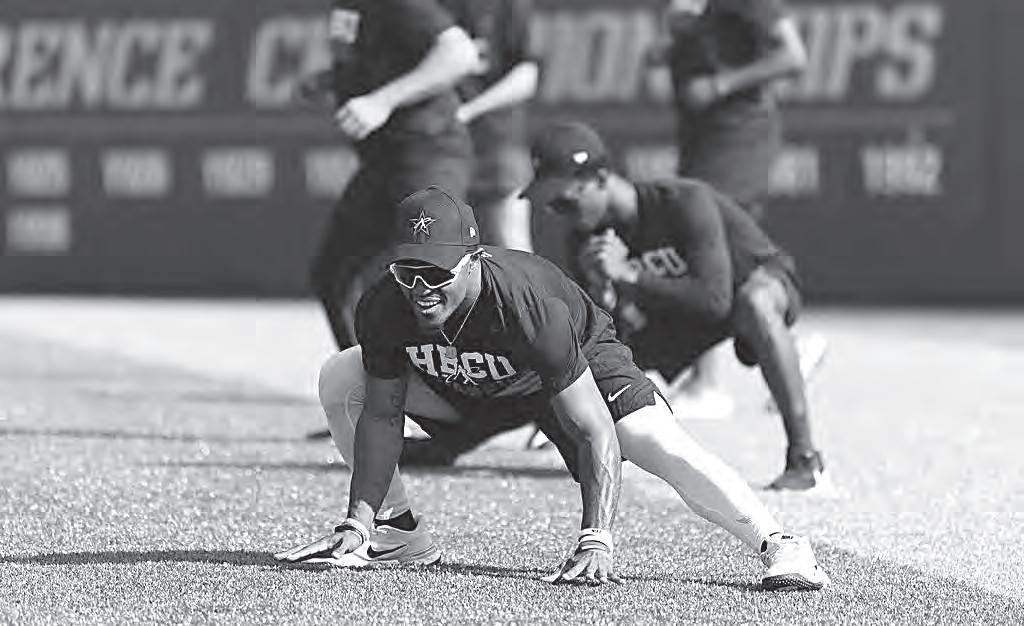
1 minute read
ARTS & CULTURE/SPORTS MLB Hosts HBCU All-Star Game
League hoped to create opportunity for Black players
By Tim Booth AP SPORTS WRITER
Ken Griffey Jr. holds a plethora of titles, especially in this part of the country. Hall of Famer. Cultural icon. The guy who made baseball in the Pacific Northwest relevant. Arguably, the greatest of his generation.
He even holds a title in association with Major League Baseball as a special adviser to Commissioner Rob Manfred.
But what’s most meaningful to Griffey currently is his association with Friday night`s HBCU Swingman All-Star Classic that served as the first major event of All-Star Game festivities, featuring players from 17 Historically Black Colleges and Universities.
The American team beat the National team 4-3 after Randy Flores of Alabama State doubled, stole third base and scored on a wild pitch with the deciding run in the bottom of the eighth inning.
But the final score didn’t matter. The meaning was in the game taking place.
Griffey delivered the game ball to fellow Hall of Famer Andre Dawson, who played at Florida A&M in the 1970s, for the ceremonial first pitch. Former Negro League players Sam Allen, Pedro Sierra and the family of Josh Gibson were honored before the game.
Griffey spent time in both dugouts doing television commentary and chatting with participants, and the entire stadium of roughly 10,000 fans broke out singing and dancing when Naughty By Nature’ s “Hip Hop Hooray,”— Griffey’s walkup song in the 1990s — was played between innings.
The event was an idea generated by Griffey, fostered into reality with help from MLB and the MLB-MLBPA Youth Development Foundation, and comes at a time when U.S. — born Black representation in the majors is at its lowest level since tracking began more than 30 years ago.
“It’s all about trying to get seen. I mean, if I can give an opportunity for a kid, one kid, two kids, three kids to be seen, how many kids can that be over the next five, 10, 15 years?” Griffey said. “How many lives will that one person change? That's all we're trying to do.”
Fifty players in total were selected to take part. For some, it may have been the biggest stage they've ever played on and the best opportunity for scouts and executives to see that despite limited resources compared to others in Division I baseball, their talent deserves to be showcased.
Read the full story on www.sdvoice.info










